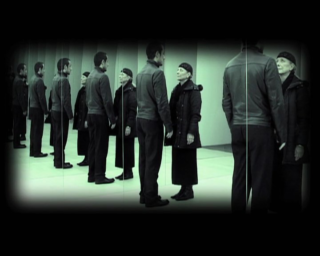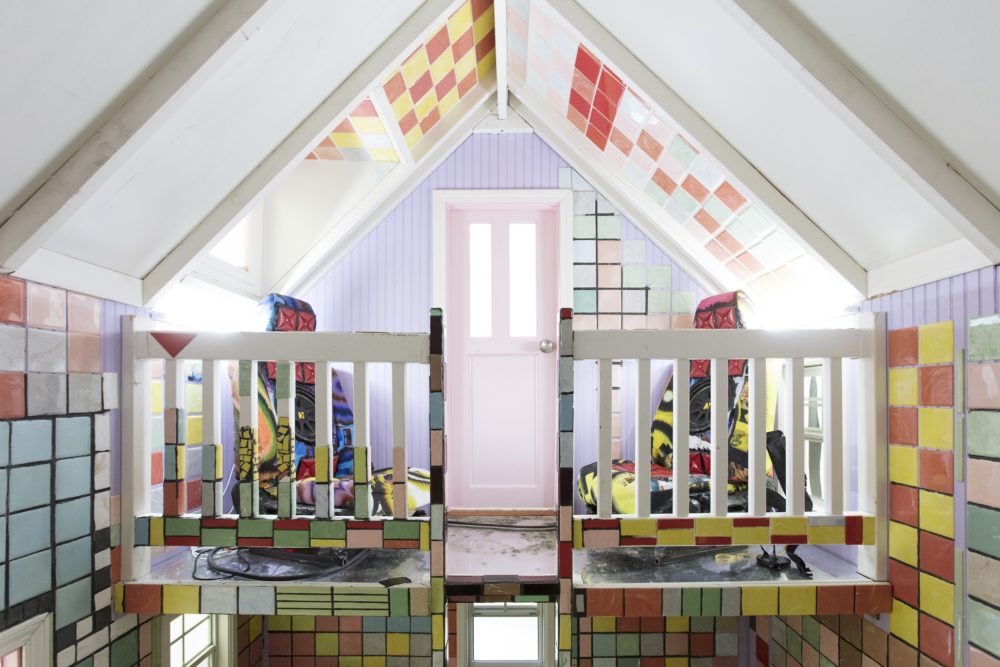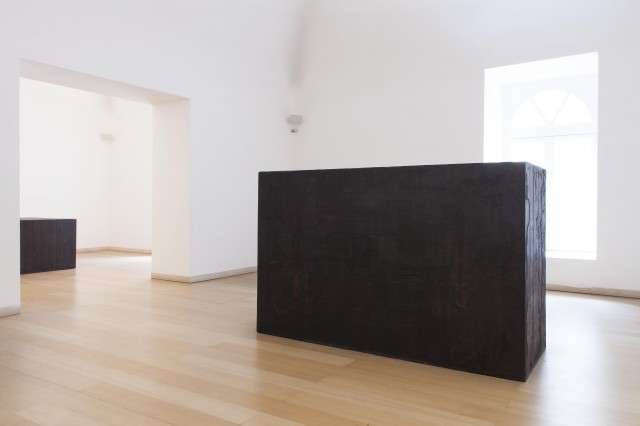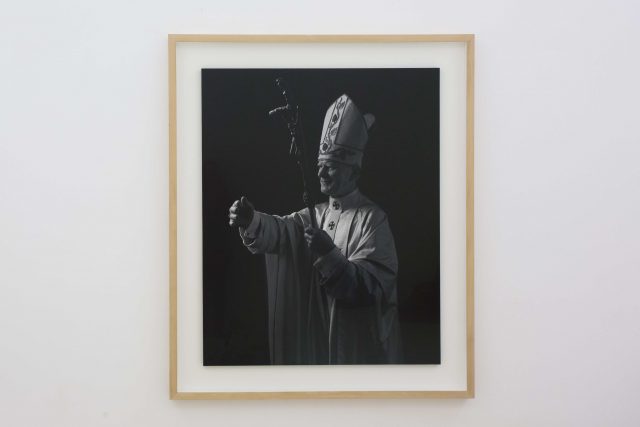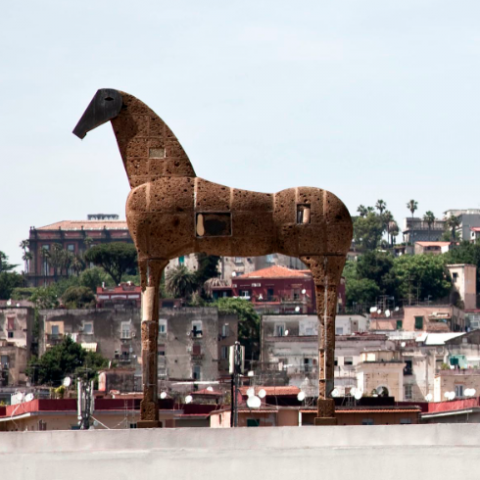Geared towards interaction between the intellectual sphere and the social environment, the work of Anna Maria Pugliese (Naples, 1942) offers a reflection on the relationship between memory and awareness. This need stems from her belief in the central role of art (and the artist), both in an aesthetic and ethical context, and from her conviction that the exploration of memory and knowledge-awareness represent the tools of self-awareness as well as a shared and collective renewal. By identifying “Nature” as the main tool of knowledge and recognition, the artist uses her own image as a diaphragm open to unexpected communicative possibilities. The body is therefore the archetype of logos and acts as a form of mediation with sensitive reality. Her most recent project La memoria come strumento di coscienza creativa, exhibited at MANN-National Archaeological Museum of Naples and the Italian Cultural Institute in New York in 2012, explores the original sacred relationship between nature and poetry, the alphabet and trees, the body and the universe; these values can lead to a reflection on cultural and existential roots in the past, present and future as well as on new forms of existence and co-existence between the Self and the world.
The two videos in the Madre collection exemplify her investigation of memory and the artist’s relational dynamics: Presence explores the problems of daily life in the district of San Lorenzo in Naples, inhabited by heterogeneous individuals and communities that develop identities marked by emotional and behavioural processes conditioned by an experience of presence/absence.
The performance given by the artist in 2008 with Stefano Ciannella at Madre, situated within the district, for the exhibition N.Est. 2.0, is shown in the video which reveals, to use the artist’s own words, “the encounter with ‘difference’: the foreigner whom we encounter in our multiethnic cities opens up a scenario of alienation in which voices break out that confuse the pars costruens and the pars destruens of experience. The two observe each other but do not communicate. Their unease is visible in their uncertain movements through a space where they are subjected to muffled comments from children playing football in the street next to the museum, one of whom exclaims in Neapolitan dialect “nun c’avite accusà!”, “you can’t accuse us”! A fragment of daily life reflects daily indifference, a theatre of humanity reluctant to find its bearings in different human landscapes, and to recognise the alien that exists in every one of us”.
The second video, Do You Know Partenope? – visible through a QR code in the original version made in 2012 and present as well in the Madre collection – is an oniric conversation between the artist and Parthenope, the archetype of the identity of Naples: in the video, the artist’s image, viewed from behind “to include the otherness of the viewer’s gaze, appears immersed in a theatre of the imaginary world illuminated by gnōthi sautón – a synthesis of the Greek inquisitive eros, of which Parthenope is the mouthpiece. It liberates a feeling capable of erasing all space-time boundaries between ‘archetypes and potential futures’” in a play of references that allude to the “short-term memory” of contemporary life in relation to “memory as a universal value capable of orienting views towards a future based on a knowledge of one’s roots”.
Olga Scotto di Vettimo
